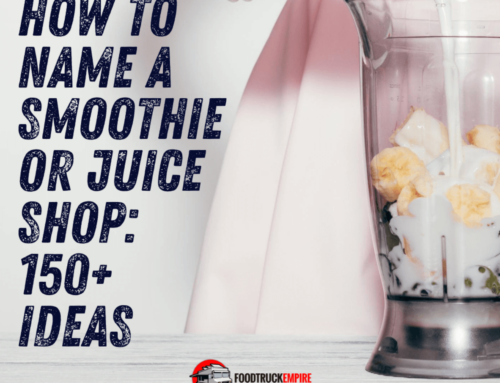Believe it or not you can convert an old shipping container into an up-to-date semi mobile kitchen. Unlike a food truck or trailer, you won’t have quite as much mobility. There’s no engine or wheels installed on these pieces after all making daily travel unpractical. Still, if you plan to operate a business in a fixed location over a semi-permanent time frame, for example opening a shaved ice business that’s only open during summer months at a busy lake or attending longer-term fair that may run for a couple weeks this is a realistic option.
The shipping container will still need the help of a semi with a flatbed installed to be move the kitchen container from location to location. Great care needs to be taken any time you move the container kitchen, especially when it’s time to load the container onto the trailer. This is activity where your equipment is in the greatest danger so make sure you’ve got a lot of trust in the driver’s experience. Once the container is loaded onto the flat-bed truck there the risk to your unit goes down.
Shipping Container Sizes
The standard width of a shipping container is 8 feet. The standard height is 8.5 feet, but you can also find high cube containers that are 9.5 feet. Where you have most of the flexibility is in terms of length of the container. Here are the length options for a shipping container:
- 8 feet
- 10 feet
- 20 feet
- 40 feet
The video below demonstrates a conversion on a 10 foot variety to create a BBQ kitchen. To make a larger commercial grade kitchen or even offer restaurant customers some seating, the 20 or 40 foot options are the right choice.
Steps to Transform a Shipping Container into Kitchen
Step 1: Find a Container
You can purchase a brand-new 10-foot shipping container for around $3,000. This will ensure the container doesn’t have any dings or blemishes on the outside. If you don’t mind a bit of wear-and-tear on your container, you could pick one up used for about $500 to save yourself money. Shipping containers are designed to be transported around the world so don’t worry about buying used from a functionality standpoint. You can always add a fresh layer of paint after purchasing to hide some of the blemishes.
With that being said, only purchased a used container if you are able to see it in person before purchasing. You don’t know exactly what a used container has been through. Reviewing a container in person allows you to check for holes in the container, inspect for rust, general dampness or simply see if the box is worn out beyond repair. Here’s a helpful piece with common mistakes to avoid when purchasing a used container that can help you in the process.

Worn out shipping containers.
Step 2: Measure and Cut
After you’ve got the container, you’ll need to measure where you want to cut the container. One cut you’ll need is to make a serving window so that guests can walk up and carry away their food. Many restaurants will cut serving windows into two sides of the container so the kitchen has more of an airy feel. Additional openings also helps a lot with ventilation. Finally, you’ll want to plot out and cut a space for employees to enter the container kitchen.
Take care when measuring and cutting the steel from your container. One newbie mistake is to take chunks that are too large out of the container. Over cutting will greatly reduce the structural integrity of the unit. One common way to restore the strength of the container is to install steel beams into the kitchen so there are ways to save the project if you do end up cutting out too much of the foundation.
After you’ve made an outline with a thick marker where you plan to cut, you can use an angle grinder to accomplish the cut. In the video below, you’ll see how an angle grinder can be used to take out the side wall of a steel container. You should always start at the bottom, then the sides, and finally the top when making a cut to allow gravity to be on your side.
Step 3: Design and Install Kitchen
After cutting out the exterior windows, it’s finally time to start plotting out your mobile kitchen. At this point you should have already created a design layout where cooking equipment will be installed. To accomplish this you’ll need to compile a list of needed equipment to execute your menu. This process can be pretty simple.
Write down all the menu items that you plan to cook within your kitchen. Then write down all the equipment you need to assemble each of these menu items. At that point, you’ll have a clear understanding of how much room you’ll need within your container.
A few things to keep in mind when determining the layout of your container kitchen that first time builders get wrong is the need for open space. If you plan to cook inside the container by yourself or if you’re hiring 2 – 3 employees this is a serious consideration. If you (or employees) are going to be spending 8+ hours in a kitchen on a regular business, you need the space to be comfortable and need to plan accordingly.
Keep in mind that if you plan to convert a shipping container into a commercial kitchen that you can use to sell food similar to a food truck, it will need to pass all local health code regulations. In most locations you’ll need standard issue equipment like a 3-compartment sink to ensure that employees are able to wash their hands. In most locations, you will also need a hot and cold water system installed as well. If you plan to convert a shipping container for commercial use, we recommend working with reputable builder of food trucks like this one that have experience with all aspects of mobile builds (plumbing, electrical, kitchen design) to ensure you’ve got a long-lasting piece of equipment.
Related Reading:




